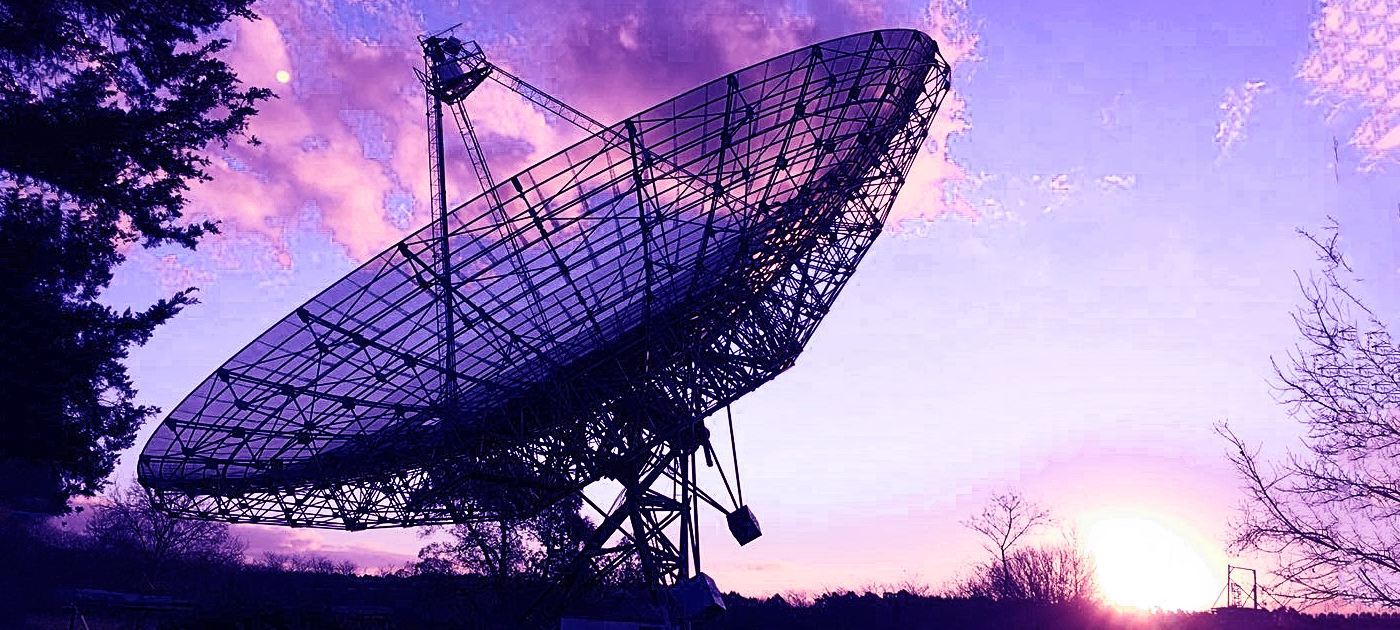Rationale

Since 2011 the knowledge of cosmic thermal sources is being increasingly expanded through the operation of the Atacama Large Millimeter/submillimeter Array, from frequencies 100 GHz up to well into the THz range. On the other extreme of the radio spectrum, non-thermal and transient sources display the extreme behavior associated with processes far from equilibrium. Low frequency radio astronomy constitutes a unique tool to reveal the fundamental part of the Universe that is highly dynamic, including mysterious fast radio bursts, pulsars, accreting black holes, colliding wind binaries, counterparts of gamma ray sources, the supermassive black hole in the Galactic Center and violent phenomena in active galactic nuclei. Additionally, the Hydrogen line in the early universe is shifted to very long wavelengths, so the research of its distribution and ionization processes involves observations that also must be performed at very low radio frequencies. The astronomical exploration of the low frequency band is very challenging because radio interference is a major threat. Instruments of such a type must be placed in very remote places. A breakthrough in the techniques for observing the low frequency universe will occur in the 2030s with the Square Kilometre Array now under construction in Australia and South Africa. In the meanwhile, several pathfinders are currently contributing to both the development of the associated technology and new studies of the non-thermal universe.
In Argentina, the Instituto Argentino de Radioastronomía (IAR), founded in 1962 as the first radio astronomy facility in Latin America, is also contributing along these lines with the Multipurpose Interferometer Array (MIA). MIA is the only project of its kind in South America: a versatile low frequency interferometer (100 MHz - 2 GHz) designed to investigate transient sources and non-thermal cosmic radiation from the Southern Hemisphere. The instrument also will serve as a technological demonstrator and a test bench for further developments. It will extend the observational capabilities of IAR and will provide a new window to explore the universe from South America, fostering collaborations and the formation of human resources.
On the 60th anniversary of the IAR, we propose to gather in Buenos Aires city worldwide experts on low frequency radio astronomy, both in science and technology. The conference will convey to learn, exchange, and debate on instrumental and research experiences and prospects for this area of astronomy. It will boost MIA development and low frequency radio science in the region. We expect that the meeting will result in the formation of new links and collaborations that will shape the future of radio astronomy in Argentina.